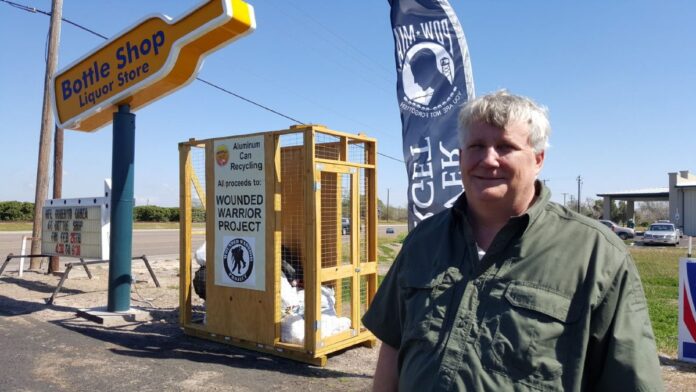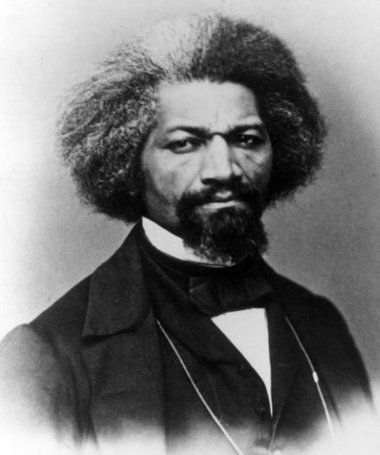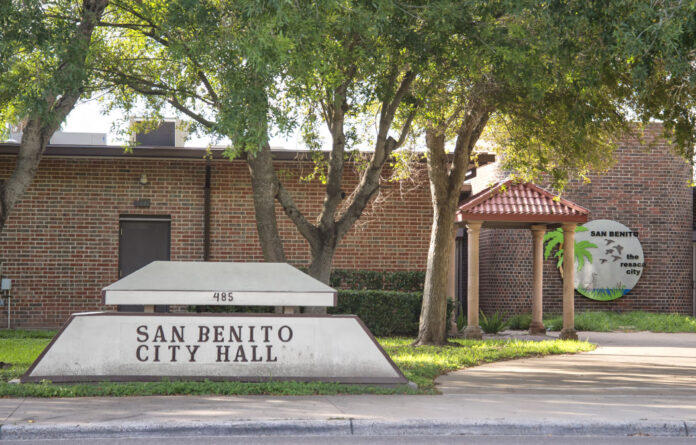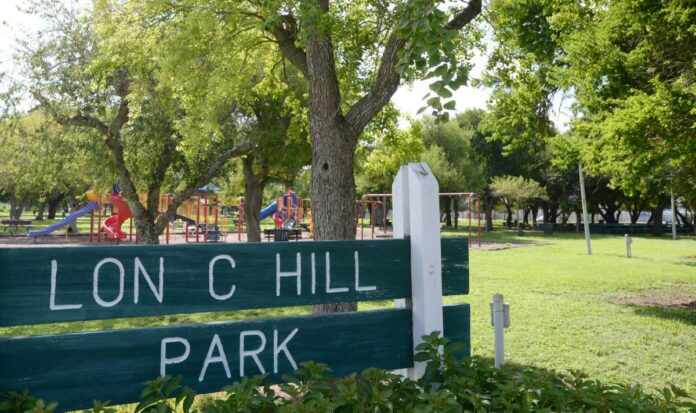HARLINGEN – Some might suggest becoming a chief officer for a health system after just five years in the industry may be overambitious.
Don’t tell Megan Drake.
She accomplished that exact goal about four months ago when she came from Austin to Harlingen to become the chief business development officer at Valley Baptist Health System.
Sitting in her office on the fifth floor of the Medical Arts Pavillion on Pease Street, Megan looks like the perfect fit. A laptop is in front of her on a clean desk, which she admits she only spends about one day a week at.
Megan travels between the system hospitals in Harlingen and Brownsville and she’s been learning everything she can as she works with the facilities in both locations.
She works closely with physicians and facility leaders to determine technological needs and ways to extend and expand services. That includes creating more access points for care and educating the public.
“There is a lot that goes into this,” she said about her position. “There’s market data analysis to determine what the needs of the community are. That is why I like to talk to the people about the needs.”
When it comes to Brownsville and Harlingen, Megan is in the process of obtaining experience and information about both markets and facilities.
So far, so good.
“I enjoy the people,” said Megan. “Health care is interesting. You are not producing a product or manufacturing anything. It’s all about the people.”
And Megan said the people of the valley are “fabulous.”
“It is truly a hidden little treasure down here,” she said.
The daughter in a military family, Megan said she moved often when she was younger. She found a home in Charleston, S.C., where she ended up attending college. Initially a biology major who planned to attend medical school, Drake chose a different path and she couldn’t be happier.
She headed to Fayetteville, Ark., immediately upon graduation and moved up the ladder in the Community Health System before coming to the Valley in October.
She smiles and laughs when she says she had huge life events occur all within a short period of time – marriage, moving and starting a new job.
But, it has taken some time for Megan to garner the confidence of her fellow health care workers who have many more years of experience in the industry. However, she is quick to point out in the past, she was immersed in the health care field, including working alongside housekeepers cleaning rooms.
“That gave me a great perspective,” she said. “I knew what it took to do those things. I had a working understanding of doing all those things.”
That is what just one aspect that has helped her in her leadership role. She called it a “servant leadership role.”
“I will never ask my people to do anything that I am not willing to do,” she said. “This is about respect and learning from them. They have taught me so much.”
Megan was clear, the efforts in the health care industry are not reliant on one individual. It is a group effort.
“It’s important to make sure there is not only a high level of servant leadership and integrity as an individual person, but also the willingness to do what needs to be done to be a successful organization,” she said. “It is a ‘we’ mentality.”
That’s key in an industry in which so many people are the customers and so many changes happen on a regular basis from government regulation to health insurance companies and more.
“It is so complex and convoluted and there is so much going on,” she said.
That’s why she said it is important for her to focus on three key points on a day-to-day basis – accountability, communication and prioritizing.
“There’s a lot riding on positions like this, but it is all about under promising and over delivering,” she said. “It’s about saying what you are doing and doing what you say.”
She said it’s also important to not get “lost in the trees” so to speak, when it comes to the health care industry.
“It’s about the patients at the end of the day,” she said. “You can’t get lost in the trees. What’s the saying, you can’t see the forest through the trees?”
So what lies in the future for Drake?
She wants to stay here in the valley for the long term, but is not sure of the next step, necessarily.
“I am not envious of any of the CEOs,” she said. “They have incredibly, incredibly difficult jobs. By no means am I ready for that. I don’t even know if I want that.”
There are so many factors that go into being the leader of a hospital facility.
“It’s such a balancing act and strategic,” she said. “Always think strategically and act tactically and execute under budget. I don’t know how they do it.”
Knowing Megan, whatever she wants to do, she’ll make it happen.
She already is.










